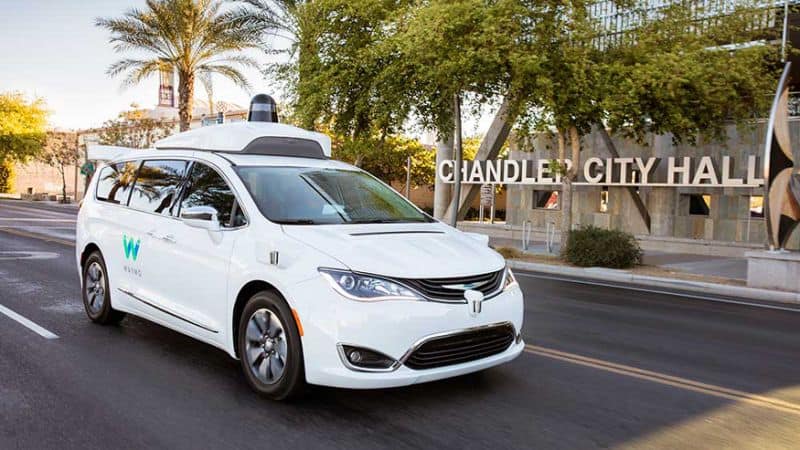The U.S. is, slowly but surely, inching closer toward seeing the self-driving car on the road. Just Wednesday, the House of Representatives passed the SELF DRIVE Act to expedite the introduction of autonomous cars.
Beyond the obvious perks they would bring like fewer accidents, decreased traffic, and more free time, there are vast implications for housing — particularly housing for the elderly. In fact, the SELF DRIVE Act specifically cites the potential to help seniors and those with disabilities live more independently as a primary benefit of self-driving vehicles.
A major win for the elderly
The number of Americans age 65 and older will increase to more than 71 million by 2030 – when the senior population will reach its peak, according to U.S. Census Bureau data. Plus, it turns out that more than 20% of seniors age 65 and older – nearly 7 million people – do not drive at all.
“The aging of the population converging with autonomous vehicles might close the coming mobility gap for an aging society,” Joseph Coughlin, the director of the Massachusetts Institute for Technology AgeLab, told The New York Times.
Autonomous vehicles (AVs) would “enable the elderly to stay in their existing home while aging in place, maintaining independence despite losing their driving rights,” writes Rick Palacios, Jr., director of research at John Burns Real Estate Consulting Group, in a new research note. In turn, the repair and remodel industry could benefit from the elderly staying in their existing homes, according to Palacios.
Companies like Home Depot (HD) and Lowe’s (LOW) already profit from the fact that owners are choosing to renovate and expand rather than move.
Since 2008, the average time homeowners have stayed in their houses before selling has doubled to nearly eight years, according to Attom Data Solutions. Garages can be converted to living spaces, whether they be in-home fitness centers or additional bedrooms, requiring complete makeovers, according to Palacios.
For seniors, staying at home can also require extensive remodeling. Citing grab bars, slip-resistant flooring, and wider doors and hallways to accommodate wheel chairs, Palacios says many remodeling projects can enable the elderly to stay in place and navigate their own homes.
Of course, elders choose to move to independent living facilities for reasons beyond losing the ability to drive. Even if older folks can get around, they may not be able to maintain their homes and might not need as much space if their kids have moved away.
Optimizing prime real estate
In addition to accommodating the elderly, autonomous vehicles will be a huge game-changer for developers. Builders will have more access to prime real estate, as previously vital parking lots, auto dealerships and gas stations fade into oblivion, according to Palacios.
“Additional supply in historically supply constrained locations will likely dampen home price appreciation and alleviate housing shortages in many cities,” he says.
At first, there may be less demand for outlying locations because of increased housing supply in central areas. However, self-driving cars could ultimately help consumers accept longer commutes.
“AVs will transform billions of commuting hours into time that can be reclaimed for remote working or personal recharging, which should boost in-office productivity too,” Palacios says.
Efficiency is key
Palacios says to bid adieu to wide streets, massive driveways and three-car garages. “Consumers will be buying a home where 100% of the square footage is truly livable,” he says.
Self-driving cars won’t just benefit car owners. People can forgo ownership completely and rely entirely on ride-hailing services like Uber and Lyft as self-driving capabilities may make them more ubiquitous.
In fact, developers like Florida East Coast Realty’s Jerry Hollo say they’re already starting to reward residents who don’t own cars. Tenants get $1000 annual credit toward their rent if they do not own a car and therefore don’t need a parking spot.
“This is the question — do we have to continue to provide parking as we see people move away from driving themselves? We’re definitely amid this push-and-pull situation,” he told Yahoo Finance.
While there’s still a long runway ahead until there’s mass adoption of self-driving cars, it’s clear that the proverbial American dream is quickly evolving. A beautiful home with a white picket fence and two-car garage will become a thing of the past as self-driving cars upend the way we live.

